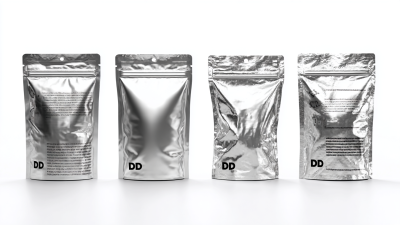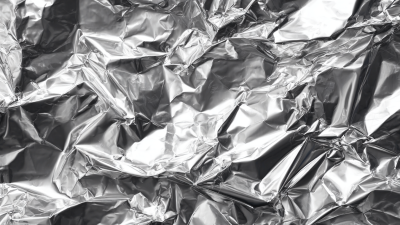Choosing the right packaging is critical for maintaining product quality and extending shelf life, particularly in the food and pharmaceutical industries. According to a recent report by Smithers Pira, the global flexible packaging market, which includes Aluminum Foil Bags, is projected to reach $300 billion by 2024, driven by the increasing demand for longer shelf life and convenience. Aluminum Foil Bags are renowned for their barrier properties, which can keep out moisture, light, and oxygen—key factors that contribute to spoilage. A study published in the Journal of Food Science indicates that using high-quality aluminum foil packaging can enhance product shelf life by up to 30 percent, making it an essential choice for manufacturers looking to preserve product integrity and boost consumer satisfaction. In this article, we will explore ten amazing tips for selecting the right Aluminum Foil Bag that not only meets regulatory standards but also optimizes shelf life.
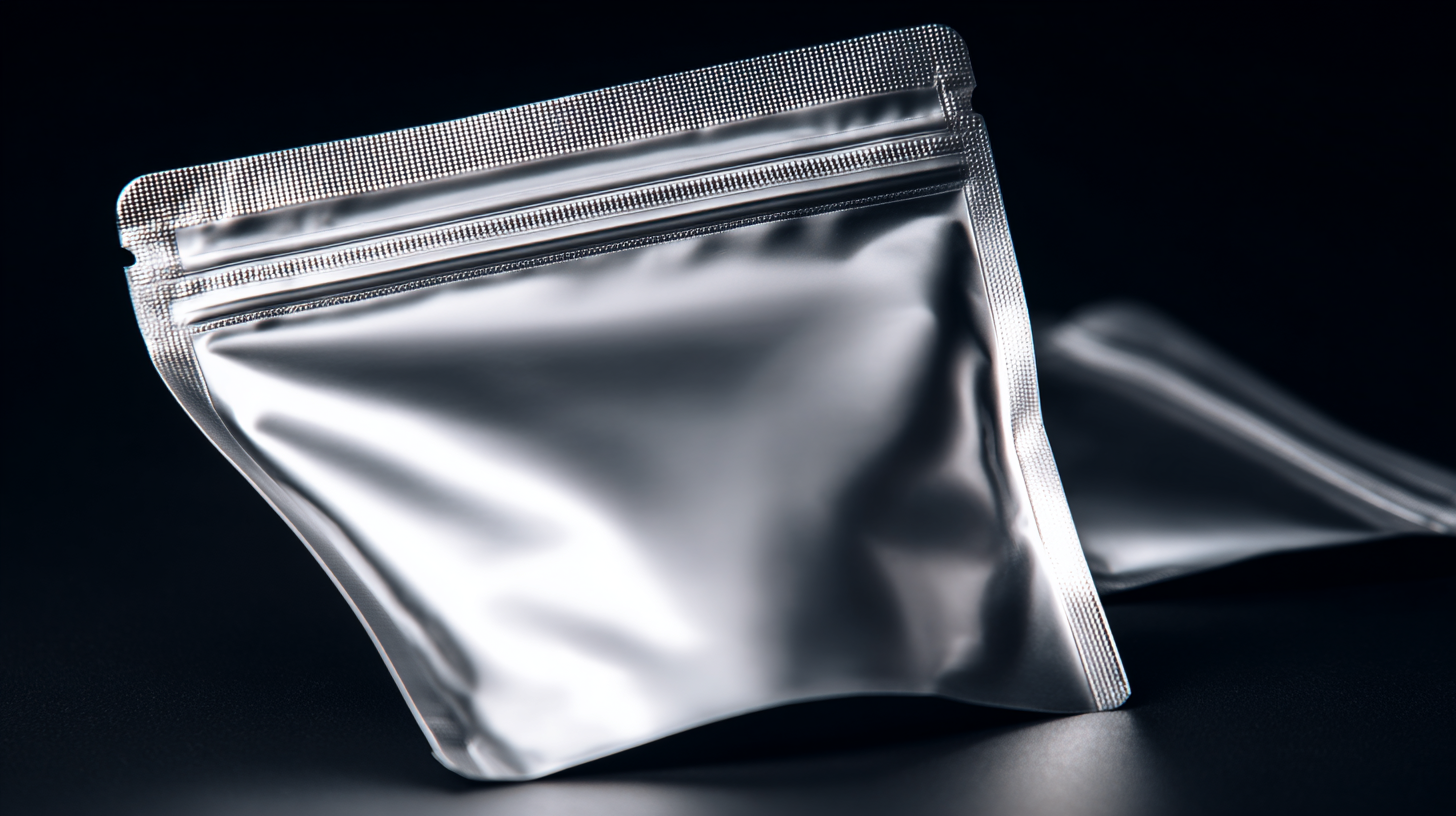
When it comes to extending the shelf life of products, the materials used in aluminum foil bags play a crucial role. Aluminum foil offers excellent barrier properties against moisture, light, and air, which are the primary culprits behind product degradation. Choosing the right thickness and type of foil can significantly enhance the preservation of your products, ensuring they remain fresh and appealing for longer periods.
One of the key tips for selecting the right aluminum foil bag is to scrutinize the gauge of the foil. A thicker gauge not only provides better protection but also increases durability during transportation. Additionally, consider opting for bags that feature food-safe laminations, as these layers will further shield the contents from external contaminants.
Moreover, always pay attention to the seal quality of the aluminum foil bags. A strong and airtight seal is essential in preventing oxygen ingress, which can lead to spoilage. Look for bags designed with advanced sealing technology to ensure maximum protection. Collaborating with reputable suppliers who understand the nuances of packaging materials can also make a significant difference in achieving optimal shelf life for your products.
| Tip Number | Tip Description | Material Type | Impact on Shelf Life |
|---|---|---|---|
| 1 | Choose multi-layered structures for better protection. | Metalized PET | Increases by up to 30% |
| 2 | Ensure a proper seal to prevent air infiltration. | PE (Polyethylene) | Contributes to extended shelf life |
| 3 | Select bags with UV protection to shield from light. | OPA (Oxygen-Scavenging Film) | Maintains quality over time |
| 4 | Consider thickness for durability and moisture resistance. | LDPE (Low-Density Polyethylene) | Enhanced moisture barrier |
| 5 | Look for customizable sizes to suit your products. | PPE (Polypropylene) | Flexible storage options |
| 6 | Assess environmental factors before selection. | Recycled Materials | Sustainability with performance |
| 7 | Prioritize non-toxic materials for safety. | Food-Safe Films | Safe for direct contact |
| 8 | Test for puncture resistance. | Barrier Films | Prevents product spoilage |
| 9 | Incorporate resealable features for convenience. | Zipper Reinforced Bags | Maintains freshness |
| 10 | Seek bags with printed indicators for monitoring. | Thermochromic Films | Ensures optimal storage conditions |
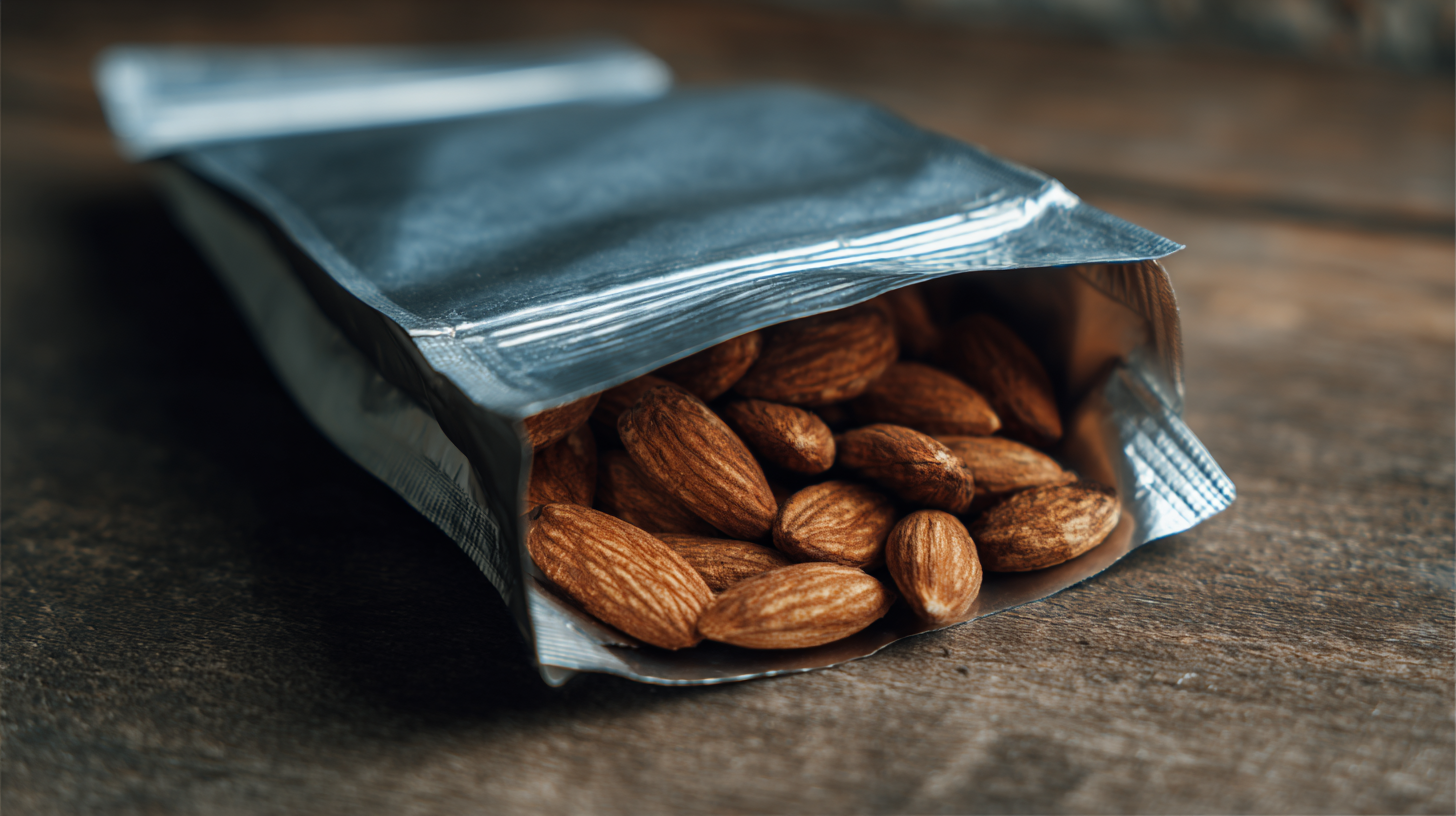 When selecting aluminum foil bags to enhance product preservation, several key features should be prioritized. First and foremost, look for bags that offer excellent barrier properties. High-quality aluminum foil provides resistance to moisture, oxygen, and light—three major factors that can lead to product degradation. This ensures that the contents remain fresh and retains their quality for a longer duration, potentially boosting shelf life by as much as 30 percent.
When selecting aluminum foil bags to enhance product preservation, several key features should be prioritized. First and foremost, look for bags that offer excellent barrier properties. High-quality aluminum foil provides resistance to moisture, oxygen, and light—three major factors that can lead to product degradation. This ensures that the contents remain fresh and retains their quality for a longer duration, potentially boosting shelf life by as much as 30 percent.
Another critical aspect is the bag's sealing capability. Choose bags that can be heat-sealed or have robust zipper closures to ensure a secure seal. A well-sealed bag prevents air from entering, which can compromise the contents. Additionally, consider the thickness of the foil; thicker bags tend to offer better protection against physical damage and environmental elements. Lastly, look for bags that are compatible with any specific storage requirements, such as being freezer-safe or able to withstand higher temperatures, depending on the product being preserved.
When selecting aluminum foil bags, the thickness of the material plays a crucial role in ensuring optimal product protection. Thicker aluminum foil offers better barrier properties, which can effectively keep moisture, light, and oxygen at bay. This is particularly important for products sensitive to environmental factors, such as food items or pharmaceuticals. A 5-mil thickness is often recommended for heavy-duty applications, providing enhanced durability and extending shelf life by preventing spoilage and degradation.
On the other hand, thinner aluminum foil bags may suffice for less sensitive products where cost efficiency is a priority. However, using inadequate thickness can compromise product integrity and shelf life. Therefore, it’s essential to assess the specific requirements of your products before making a decision. Ultimately, the right thickness not only safeguards your products but also reflects the quality and care you invest in your brand.
In evaluating sealability for aluminum foil bags, one critical factor that significantly impacts product shelf life is the effectiveness of sealing techniques. Studies have shown that improper sealing can lead to compromised barrier properties, allowing moisture and oxygen ingress that accelerates degradation. For instance, heat sealing methods have been scrutinized in recent research, which indicates that the choice of seal bar geometry and the materials used can greatly influence seal integrity. A literature review on heat sealing mechanisms highlights that parameters such as temperature, pressure, and dwell time play essential roles in achieving robust seals, ultimately enhancing the product's shelf life.
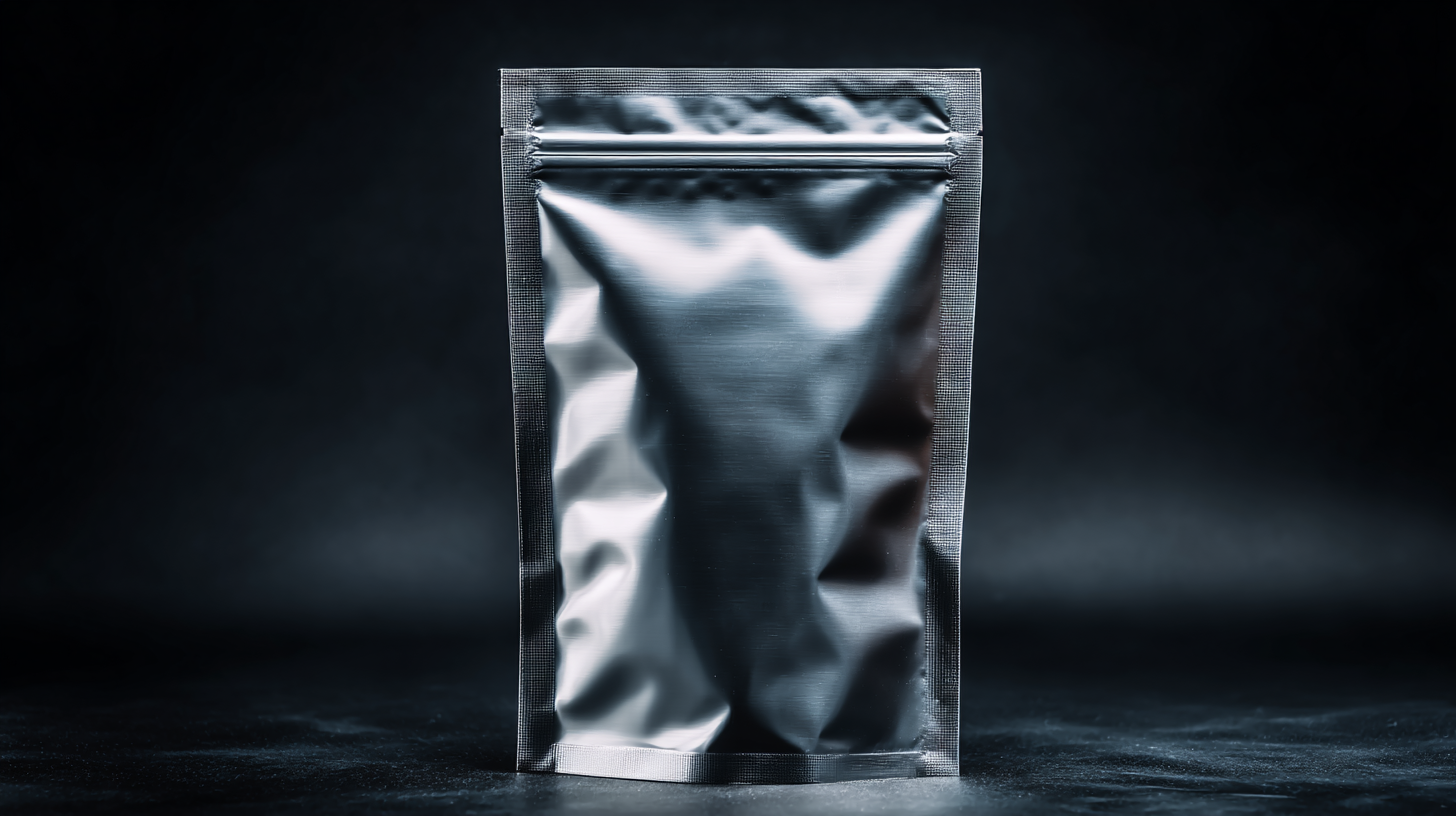
Moreover, innovations in bioplastics, such as heat-sealable films composed of blended locust bean and potato starch, demonstrate the potential for sustainable packaging solutions that offer excellent sealability. These materials not only improve the shelf life by minimizing exposure to environmental factors but also meet the growing demand for eco-friendly packaging alternatives. Reports indicate that effective sealability can enhance shelf life by as much as 30%, particularly for fatty foods, which are more susceptible to spoilage. The integration of advanced sealing technologies with new materials promises to revolutionize food packaging and preservation practices, ensuring that products remain fresh for longer periods.
When it comes to selecting the right aluminum foil bags, customization is key to enhancing product shelf life. Tailoring your packaging to meet specific needs can make a significant difference in how well your products are preserved and presented. Consider factors such as size, thickness, and barrier properties. High-quality aluminum foil bags can improve moisture resistance and protect contents from light, which contributes to increased shelf stability.
Here are some tips for choosing the ideal aluminum foil bag: First, assess the contents you plan to store. Products such as pharmaceuticals or food items often require unique barrier properties to prevent spoilage. Second, explore the customization options available; adding features like resealable closures or easy-tear notches can enhance usability while retaining freshness. Lastly, prioritize eco-friendly materials if sustainability is a concern for your brand, as customizable options are increasingly available in recyclable formats.
Overall, investing in the right aluminum foil bags through customized designs can lead to a considerable extension of your product’s shelf life, positively affecting consumer satisfaction and trust in your brand.
